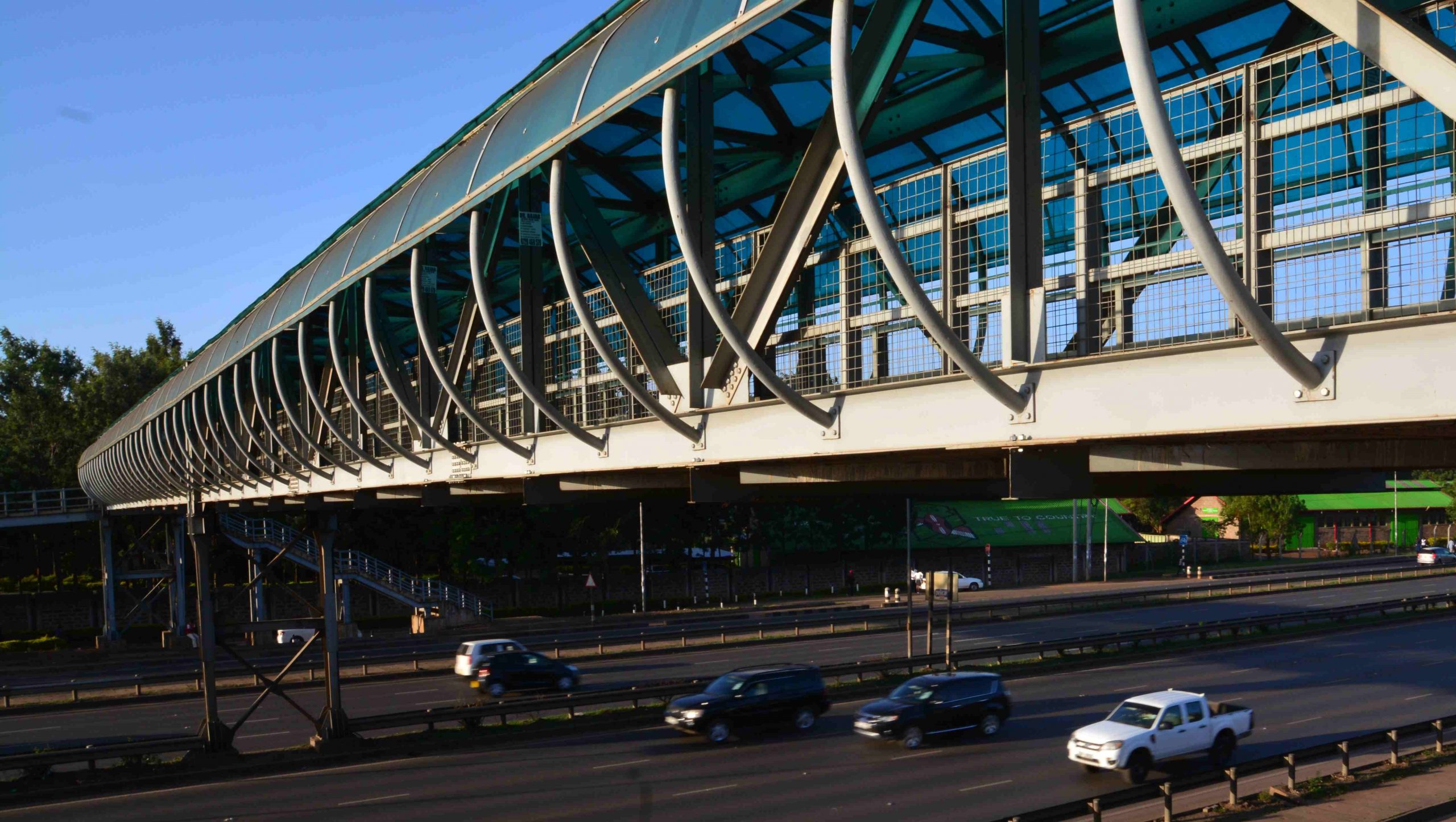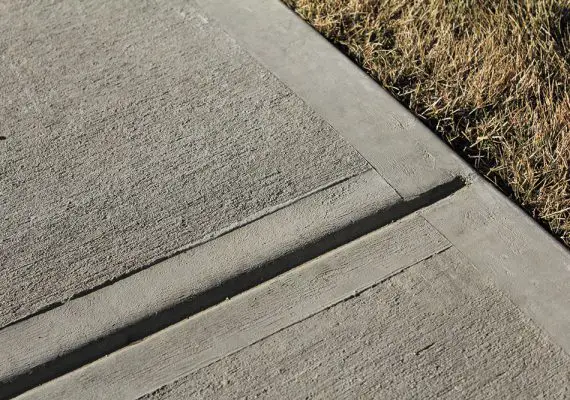What Does Floating Screed Mean In Construction?
What Does Floating Screed Mean In Construction?
A floating screed is a type of unbonded screed that is laid on top of the insulation to create a thermally efficient floor. It is commonly used in structures with underfloor heating or for situations where acoustic or thermal insulation is required.
Floating screeds are separated from the substrate by a membrane and must not be used with reinforcement. The screed serves to conduct heat from the pipes and provide an even surface for the flooring material.
What Is The Difference Between Screeding And Floating?
Screeding and floating are two different processes used in concrete finishing. Screeding is the process of striking off excess concrete to bring the top surface to the proper grade.
This is done with a screed, which is a longboard that is dragged across the surface of the wet concrete.
After screeding, voids left on the surface are filled with concrete and the process is repeated until uniform surface results.
Floating is the process of removing irregularities on the surface of the concrete which is left after screeding.
This is done with a wooden float or bull float, which consists of a wooden or aluminium blade attached to a handle. Floating also embeds coarser aggregate in the concrete and helps achieve a flat finish.
What Is The Difference Between A Floating And Unbonded Screed?
A floating screed is a type of unbonded screed that is laid on acoustic or thermal insulation. It is not directly bonded to the substrate, but instead is laid on top of a damp-proof membrane or insulation layer.
This type of screed is often used in areas where heavy loading is anticipated, such as roofs, balconies, and terraces.
In contrast, a bonded screed is directly bonded to the substrate below with the intention of maximizing the potential bond. Bonded screeds are more likely to fail if the bond between the screed and the substrate fails.
Unbonded screeds are intentionally separated from the substrate by the use of a membrane and can be used in larger areas than cement sand screeds. Underfloor heating screeds are also available, which are typically floating screeds laid over an underfloor heating system.
What Are The Different Types Of Screeds?
There are three main types of screed used in construction: bonded, unbonded, and floating. Bonded screed is directly connected to the concrete subfloor (substrate) with an adhesive.
An unbonded screed is laid on top of a PVC/damp-proof membrane separating it from the concrete substrate. A floating screed is used as a layer of insulation material, most commonly when underfloor heating is present.
The thickness of the floating screed is usually around 65mm and 75mm for lightly loaded areas. Screed is used to finish floors as a top layer, whereas concrete is used for strength.
How Thick Should A Floating Screed Be?
A floating screed should have a thickness greater than 65mm for lightly loaded floors and 75mm for more heavily loaded floors.
Some specialized calcium sulphate screeds can be installed with only a 20mm cover to the heating, while some products specify a minimum of 50mm. Floating screeds are commonly used when underfloor heating systems are provided or thermal or acoustic insulation is required.
How Long Does A Floating Screed Take To Dry?
Most screeds recommend 24 – 48 hours for drying time. Some more modern screed floors may have a shorter walk on time, as little as 12 hours.
Heavier/normal traffic can be resumed 5-7 days after the screed floor is laid. Initially it is wise to take care when using the floor until it has reached its final (maximum) strength at 28 days.


